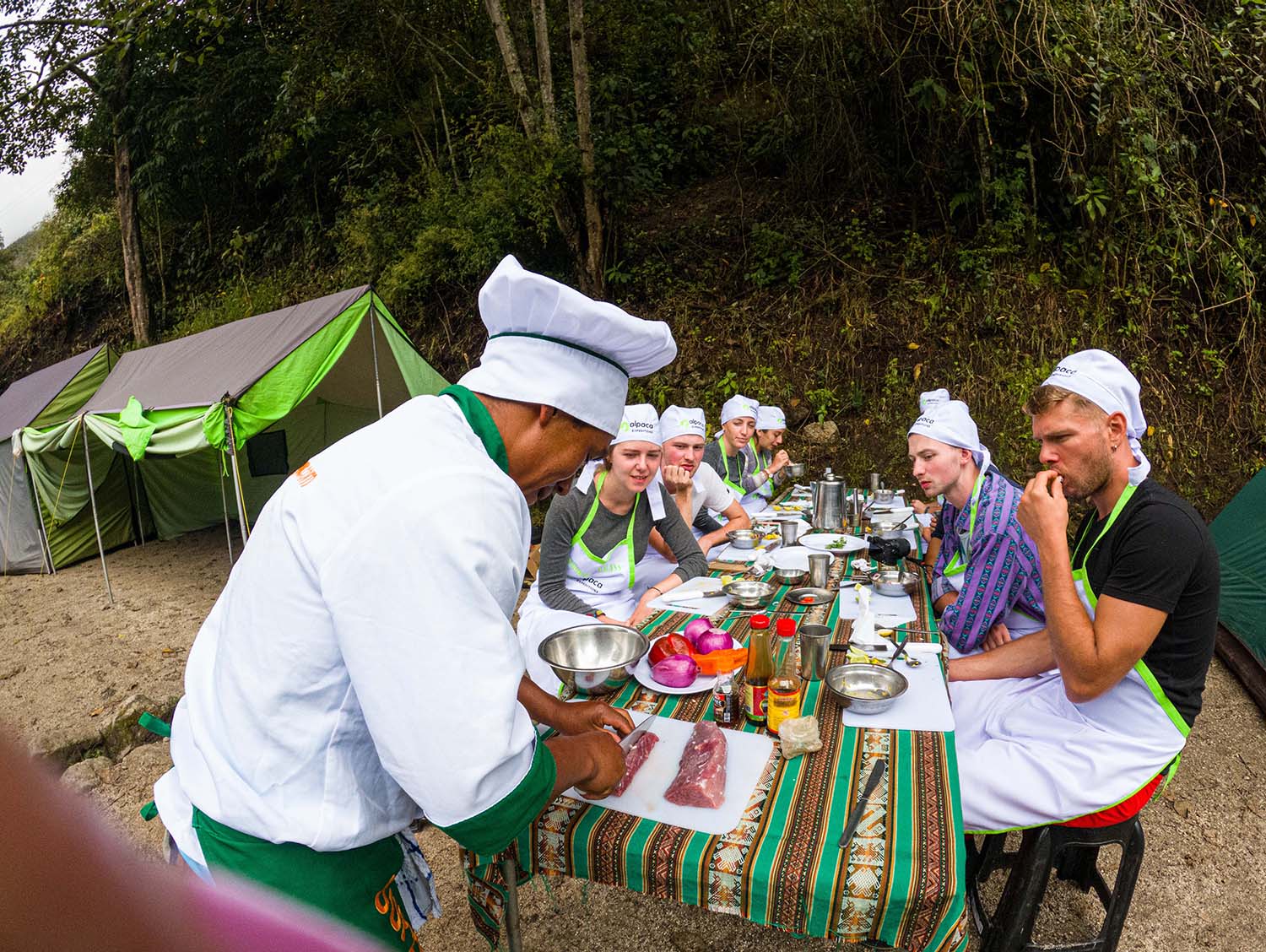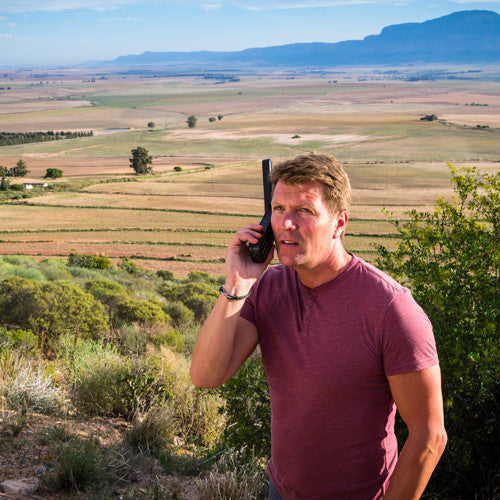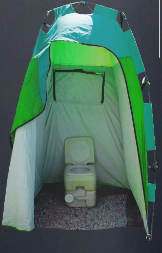Complete Comparison Guide to the Three Rainbow Mountains in Cusco:
Vinicunca, Palccoyo & Pallay Punchu
Cusco is not only the gateway to Machu Picchu — its high Andes also hide surreal landscapes painted by nature itself. Over millions of years, layers of minerals and tectonic activity have created slopes in vivid tones of red, green, yellow, and violet. The three most famous Rainbow Mountains in Cusco are Vinicunca (the iconic Rainbow Mountain), Palccoyo (the quieter alternative), and Pallay Punchu (the emerging, blade-shaped gem).
While they share the same colorful geology, each offers a unique experience — with differences in altitude, hiking difficulty, accessibility, and overall atmosphere.
Here’s a detailed comparison to help you choose which one to visit based on your travel style.
Vinicunca or Rainbow Mountain

What Does “Vinicunca” Mean and What Is Its Story?
The name Vinicunca comes from the Quechua language and means “colored mountain” or “mountain of colors.” Hidden for centuries beneath snow and clouds, this natural wonder was revealed only recently when the ice began to melt, exposing its mineral layers.
The story of Rainbow Mountain Peru is both geological and cultural. Formed millions of years ago by the sedimentation of minerals and later uplifted by tectonic movements, erosion eventually uncovered its distinctive stripes.
For the Incas, it was a sacred mountain — part of the Vilcanota range and believed to radiate masculine energy. Its modern fame began around 2016, when its newly exposed colors went viral and drew travelers from around the world.
Location and How to Get to Rainbow Mountain
Vinicunca is located in the Canchis Province, Pitumarca District, south of Cusco. The journey from the city takes about 2.5 to 3 hours by car, depending on whether you go via Cusipata or Pitumarca.
The route follows winding mountain roads leading to the trailhead near local Andean communities. From there, hikers follow a steep, scenic path through rocky highlands and grasslands until reaching the main viewpoint.
Altitude and Weather of Vinicunca
Rainbow Mountain sits at an altitude of around 5,200 meters (17,060 ft) above sea level, although this can vary slightly depending on the viewpoint.
The climate is typical of high Andean regions — cold, windy, and unpredictable, with large temperature swings between day and night. Snowfall is possible during the rainy season.
Morning hours are the best for clear views, as clouds often roll in later in the day.
How to Get There and What Transport to Use
The easiest and most convenient way is by booking an organized Rainbow Mountain tour from Cusco, which usually includes transportation, guide, entrance fees, and meals — saving you the hassle of logistics.
If traveling independently, you can take public or private transport to Pitumarca or Cusipata, then arrange local transfer to the trailhead.
There is no direct vehicle access to the viewpoint, but horses can be rented along part of the route for those who prefer not to hike the entire way.
How Difficult Is the Vinicunca Hike?
While not extremely long, the Vinicunca trek is considered moderate to challenging, mainly due to the altitude and elevation gain.
The final 200–300 meters are the toughest for most visitors, especially for those not fully acclimatized to the high altitude.
Proper acclimatization, hydration, and a slow pace are key to reaching the summit and enjoying the breathtaking views without issues.
Who Should Choose Vinicunca?
Vinicunca, or Rainbow Mountain, is ideal for travelers with a moderate to good fitness level, accustomed to hiking at high altitude, and looking to experience one of Peru’s most iconic natural landmarks—even if it means sharing the viewpoint with many others.
If you’re after the famous Instagram shot, a spectacular sunrise, and the classic postcard view of the colorful mountain, then Vinicunca is your destination.
Best Time to Visit Rainbow Mountain
The best months to visit Vinicunca are between May and September, which is the dry season in Cusco. During this period, rainfall is minimal, skies are clearer, and the mountain’s colors appear more vivid.
In contrast, from January to March (the rainy season), the tones may appear duller, and the trails can become muddy or slippery.
A Unique Experience at Vinicunca
Reaching the main viewpoint of Rainbow Mountain Peru is a rewarding combination of effort, excitement, and awe. Watching the streaks of color stretch across the mountain, surrounded by glaciers and valleys, feels almost mystical.
However, it’s also a shared experience, especially during peak season when dozens or even hundreds of travelers arrive daily.
For a more intimate visit, many tours depart very early in the morning to arrive before sunrise or before the crowds.
Palccoyo Rainbow Mountain
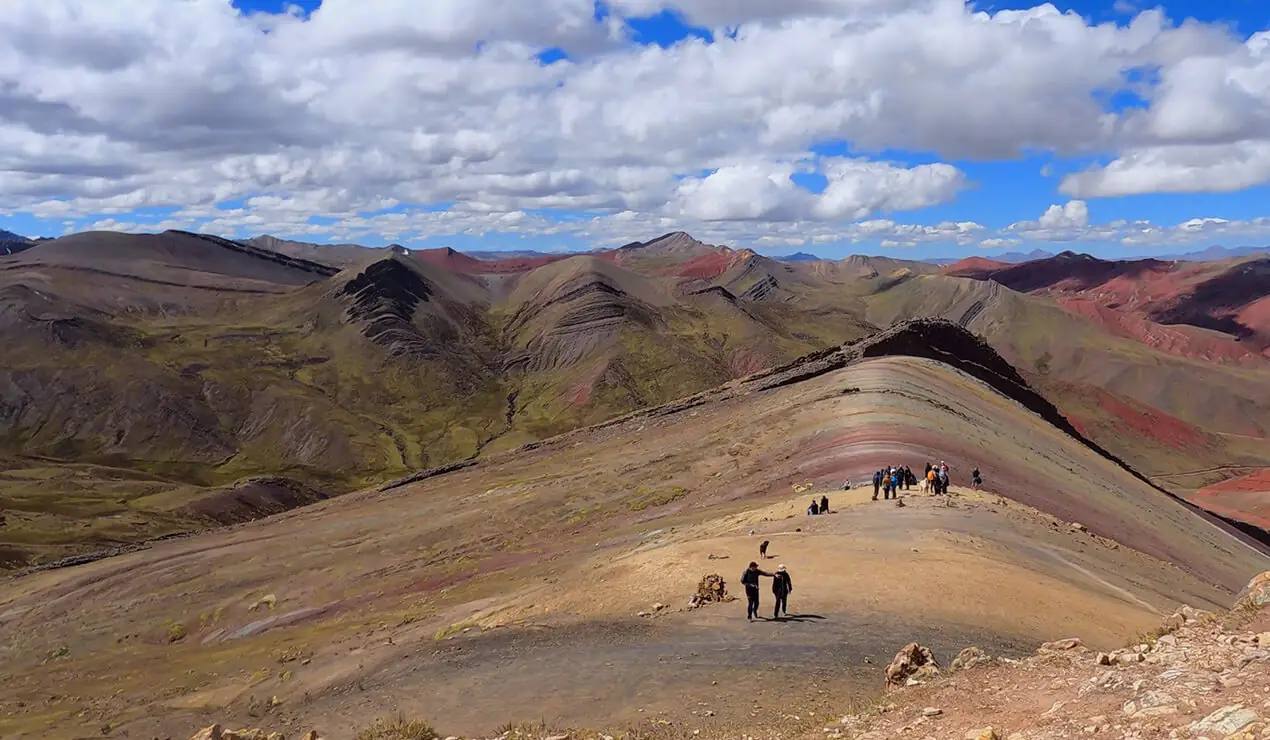
In recent years, Palccoyo has become an increasingly popular destination — often attracting those who initially planned to hike Vinicunca but prefer a less crowded alternative.
So, the big question arises: why choose Palccoyo? What makes this colorful range unique?
Meaning and Special Features of Palccoyo
The word Palccoyo comes from Quechua and roughly translates to “colorful branch” or “division of colors”.
Unlike Vinicunca, it’s not a single mountain but a range of three Rainbow Mountains aligned along the same ridge, which is why it’s also known as the Rainbow Range (Cordillera Arcoíris).
This makes Palccoyo more scenic and diverse, as you can admire multiple colorful peaks and valleys from different viewpoints along a single hike.
Location and How to Get There
Palccoyo is located in the Canchis Province, Checacupe District, about 100 to 125 km (62–78 miles) south of Cusco.
The drive takes 3 to 4 hours along mountain roads, and most Palccoyo tours depart very early in the morning to make the trip and return the same day.
From Checacupe or nearby villages, the road continues on dirt tracks until reaching the start of the trail.
Altitude and Weather at Palccoyo
The highest viewpoint of the Palccoyo circuit sits at around 4,900 meters (16,076 ft) above sea level.
Other lookouts range between 4,780 and 4,840 meters, and the parking area is usually around 4,700 meters.
The climate is typical of the high Andes — cold most of the day, alternating between sunny and cloudy skies, with possible rain during the wet season.
Accessibility and Hiking Route to Palccoyo
The Palccoyo hike is significantly easier than Vinicunca’s. The walking distance is shorter, the slopes are gentler, and the trail is suitable for most travelers.
Horses are not needed for this trek, as the terrain is comfortable and well-defined.
Near the viewpoint of the Stone Forest (Bosque de Piedras), there’s an optional zigzag path of about 200 meters that is steeper, but still manageable for those seeking a bit of adventure.
How Difficult Is the Palccoyo Hike?
The Palccoyo Rainbow Mountain trek is considered easy to moderate, mainly due to its lower altitude and gentle slopes.
The walk from the starting point to the viewpoints usually takes 30 to 45 minutes one way, depending on your pace and stops for photos or acclimatization.
The round trip can take a bit longer, but it’s short and accessible for most visitors.
Who Should Visit Palccoyo?
Palccoyo is perfect for families, older travelers, or anyone who prefers short, non-strenuous walks.
It’s also ideal for those who want to see colorful mountains without the crowds or the physical challenge of Vinicunca.
If your goal is to enjoy stunning Andean landscapes with minimal effort, Palccoyo Rainbow Mountain is an excellent choice.
Best Time to Visit Palccoyo
The best time to visit is between April and October, during the dry season in the Andes.
During this period, there’s less rain, the trails are in better condition, and the colors appear more vibrant under clear skies.
In the rainy months (November to March), the trails can become slippery, and visibility may be reduced by clouds or mist.
Advantages of Choosing Palccoyo Over Vinicunca
Palccoyo offers several advantages compared to Vinicunca Rainbow Mountain:
- Requires less physical effort
- Fewer tourists and a more peaceful atmosphere
- Multiple viewpoints for varied perspectives
- A relaxed experience surrounded by nature
Along the route, you can also visit the Stone Forest (Bosque de Piedras) and enjoy impressive views of Ausangate Glacier, one of the most sacred mountains in the Andes.
It’s a rewarding, low-impact alternative for those looking for beauty without the intensity.
Pallay Punchu: The Blade-Shaped Rainbow Mountain of Cusco
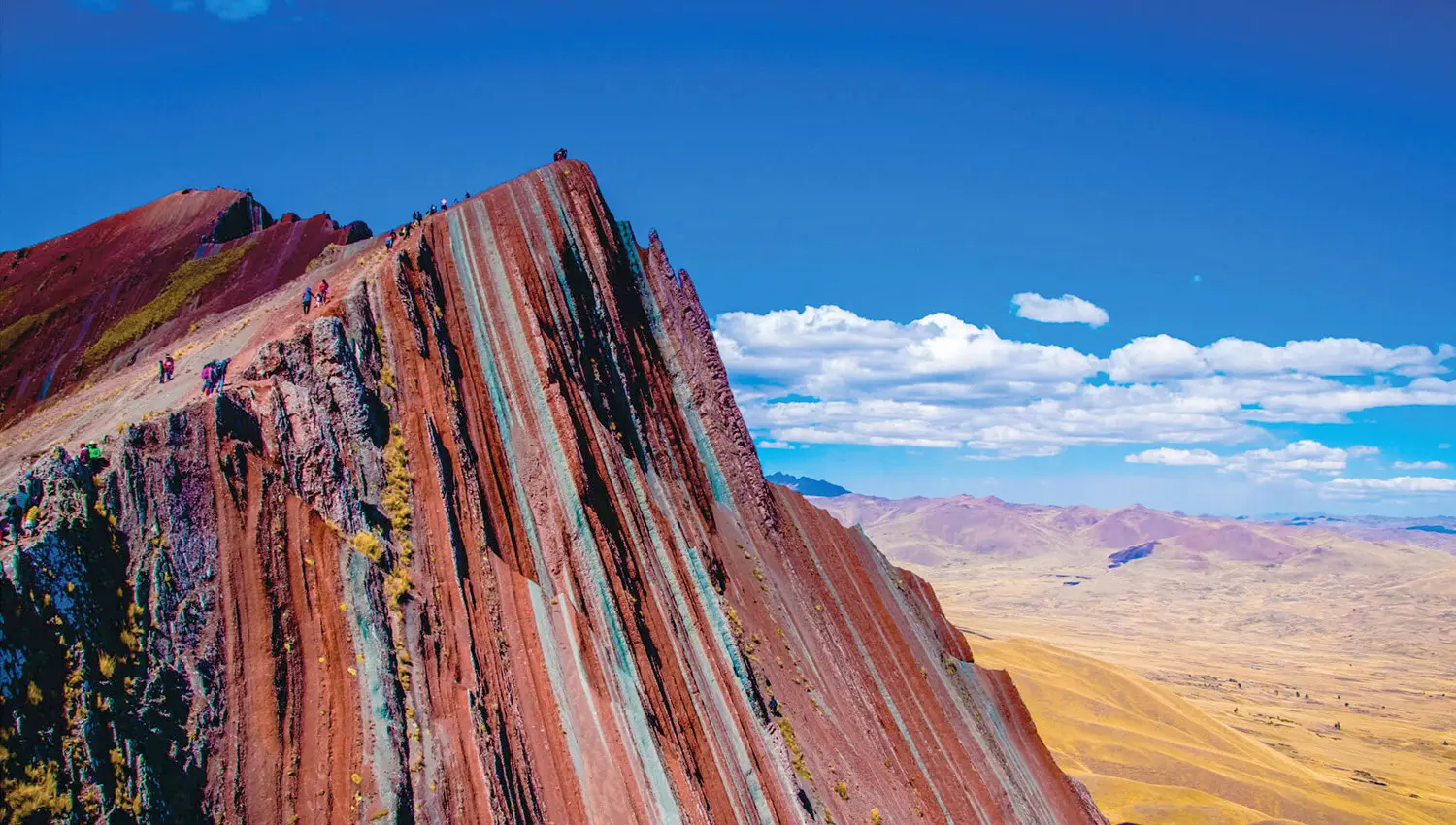
Pallay Punchu is one of the newest additions to Cusco’s list of natural wonders.
This striking landscape rises from the Apu Taqllo Apacheta massif and is known by several names — The Sharp Peaks Mountain or The Blade-Shaped Rainbow Mountain — all inspired by its jagged ridges that resemble the patterns of traditional Andean woven ponchos.
Visiting Pallay Punchu Mountain means exploring a remote natural setting surrounded by snowcapped peaks, colorful hills, and the nearby Langui Lagoon, located at over 4,700 m.a.s.l. in the Canas Province, south of Cusco.
Discovered in April 2020, during the Covid-19 quarantine, Pallay Punchu quickly became a symbol of resilience and wonder — a place where spiritual traditions connected to the Apus (sacred mountain spirits) are still alive, reminding travelers that nature always has new treasures to reveal.
Meaning and Origin of the Name Pallay Punchu
The name “Pallay Punchu” in Quechua translates roughly to “decorated poncho” or “embroidered mantle,” referring to the colorful stripes that cover the mountain as if it were a woven garment.
Its sharp, blade-like peaks distinguish it from other rainbow mountains, creating a dramatic silhouette that contrasts beautifully with the softer slopes of Palccoyo or Vinicunca.
Location and How to Get There
Pallay Punchu is located in the Layo District, Canas Province, about 4 hours south of Cusco by car.
Tours usually depart before sunrise, taking advantage of the morning light and cooler temperatures for the hike.
The road winds through rural Andean landscapes, passing small villages before reaching the trailhead.
Altitude and Weather at Pallay Puncho
The mountain reaches an impressive 5,750 meters (18,865 ft) above sea level — making it the highest of the three Rainbow Mountains in Cusco.
Its slopes display vivid shades of red (clay), white (quartz sand), yellow (sandstone with limonite), and fuchsia (mud mixed with sand), forming a stunning natural palette.
The weather is cold and windy, typical of the high Andes. Mornings tend to be clearer and brighter, while clouds often roll in by midday or afternoon.
Accessibility and Transportation to Pallay Punchu
Pallay Punchu Mountain is less developed for tourism compared to Vinicunca or Palccoyo, meaning its infrastructure is more rustic and services are limited.
Most tours to Pallay Punchu include transportation from Cusco, or from intermediate towns such as Sicuani or Layo.
Once at the trailhead, the path crosses high-altitude grasslands and rocky slopes, sometimes steep in sections.
There is no vehicle access to the summit, so reaching the top requires hiking on foot.
Difficulty Level of the Blade-Shaped Mountain Hike
While the trail is not particularly long, it can be physically demanding in certain parts, especially near the main viewpoint.
The full hike covers about 3 km (1.8 miles) round trip and usually takes 1 to 2 hours, depending on fitness level and acclimatization.
Well-acclimated hikers may complete it in about 1 to 1.5 hours, while others might need more time due to altitude or terrain.
Who Should Visit Pallay Punchu?
Pallay Punchu is perfect for adventurous travelers looking for an authentic and less crowded experience.
It’s an ideal choice for photographers and nature lovers who want unique, off-the-beaten-path landscapes far from the typical tourist circuits.
While not the easiest hike, the reward is well worth it for those who value originality and solitude in the Andes.
Best Time to Visit Pallay Punchu
Like the other Rainbow Mountains of Cusco, the best time to visit Pallay Punchu is during the dry season (April to November).
This period offers clearer skies, drier trails, and the most vibrant colors on the slopes.
During the rainy season (December to March), the trails can become muddy, and visibility is often reduced by fog or clouds.
The Unique Appearance of Pallay Punchu
What makes Pallay Punchu Mountain stand out is its sharp, blade-like silhouette, with mineral streaks that resemble a woven Andean poncho draped over the peaks.
Its remote location allows for a quiet, meditative experience surrounded by untouched landscapes.
From the viewpoints, visitors can also enjoy vistas of the Langui Lagoon and the surrounding snowcapped peaks, adding even more depth and contrast to the panorama.
Differences Between Palccoyo, Vinicunca, and Pallay Punchu
Although all three are known as Rainbow Mountains of Peru, each offers a distinct experience:
- Vinicunca (Rainbow Mountain Peru): The most famous and the most challenging, requiring more effort but rewarding hikers with its iconic postcard views.
- Palccoyo Rainbow Mountain: The most accessible and relaxed, ideal for travelers who want to enjoy colorful mountains with minimal hiking.
- Pallay Punchu: The most exclusive and rustic, offering a moderate trek with fewer visitors and a striking, jagged landscape.
In short:
Vinicunca demands more physical preparation,
Palccoyo is accessible for almost everyone,
and Pallay Punchu provides a unique, uncrowded adventure in the high Andes.
Palccoyo vs. Pallay Punchu: Which Is Easier to Visit?
Between the two, Palccoyo is clearly the easier option.
Its trail is shorter, less steep, and better maintained.
The typical Palccoyo trek takes 30 to 45 minutes from the parking area, following gentle slopes that connect several viewpoints where you can admire multiple rainbow-colored mountains without much physical strain.
That’s why Palccoyo is often chosen by families, seniors, and travelers seeking a lighter, more comfortable hike.
Pallay Punchu vs. Vinicunca: Which Offers Better Views?
Vinicunca delivers sweeping, world-famous panoramas, but it’s also crowded and commercialized.
Pallay Punchu, on the other hand, offers intimate, lesser-seen landscapes with unique mineral tones and sharp silhouettes.
If you prefer peaceful surroundings, distinctive angles, and fewer people, Pallay Punchu might just outshine Vinicunca in charm
Vinicunca vs. Palccoyo: Which Rainbow Mountain Should You Choose?
The choice between Vinicunca and Palccoyo comes down to two key factors: your goal (photography or experience) and your physical fitness.
If your goal is to capture the classic, viral photo of the famous Rainbow Mountain and you don’t mind the altitude or a more demanding hike, Vinicunca is the natural choice.
Just be prepared for larger crowds, longer travel time, and a steeper climb to the viewpoint.
However, if you’d rather save energy, travel with companions who don’t hike often, or simply enjoy similar colorful landscapes with fewer people, then Palccoyo Rainbow Mountain is an excellent alternative.
The trail is shorter, the slope is gentler, and its three scenic viewpoints offer a variety of perspectives without the physical strain.
Additionally, Palccoyo tours are often less crowded and may have lower entrance costs.
Which Rainbow Mountain Fits Your Traveler Profile?
- If you have good fitness and enjoy physical challenges → Choose Vinicunca.
- If you’re traveling with less experienced hikers or want an easier option → Go for Palccoyo.
- If you love offbeat adventures, unique landscapes, and minimal crowds → Pallay Punchu is your best bet.
How to Get to the Rainbow Mountains from Cusco
Traveling Independently
Visiting on your own requires taking public or shared transport from Cusco to nearby towns such as Checacupe, Pitumarca, or Layo, and then arranging local transportation to the trailhead.
This option demands good knowledge of routes, schedules, and coordination with local communities.
Joining an Organized Tour
The most practical and safest way to visit the Rainbow Mountains is through an organized tour from Cusco.
Tours include round-trip transportation, professional guide, entrance permits, meals, and logistics, allowing you to enjoy the trek without worrying about details or timing.
Essential Tips for Visiting the Rainbow Mountains in Peru
What to Pack for the Trek
- Thermal layered clothing
- Waterproof windbreaker
- Sturdy hiking shoes with good traction
- Hat and cap
- Gloves
- Sunscreen
- Sunglasses
- Trekking poles (optional)
- Water supply
- Energy snacks
Also, pack extra layers in case the weather changes unexpectedly.
Altitude Precautions
Spend at least 1–2 days acclimatizing in Cusco before your hike.
Stay well hydrated, walk slowly, and take regular breaks to catch your breath.
Avoid alcohol or heavy meals before the trek.
Bring coca leaves or coca candies, and consider altitude medication if necessary.
If you experience severe symptoms — such as dizziness, nausea, or intense headaches — descend immediately and seek assistance.
Tips for Taking the Best Photos
The best time to visit is at sunrise, when the light is softer and the air is crisp.
Avoid cloudy or rainy days, as colors appear muted under overcast skies.
Use a polarizing filter to enhance contrast and color definition.
Include elements of scale (a person, llama, or alpaca) to highlight the size of the mountains.
Try side angles or low perspectives instead of the typical front shot to capture more dramatic compositions.
Frequently Asked Questions about Palccoyo, Vinicunca, and Pallay Punchu
Which Rainbow Mountain Is the Easiest to Visit?
Of the three, Palccoyo Rainbow Mountain is the most accessible and visitor-friendly.
The hike to its viewpoints takes less than one hour, along a gentle trail that’s far less demanding than those at Vinicunca or Pallay Punchu.
This makes Palccoyo the best option for families, older adults, or travelers who are not used to walking at high altitude but still want to enjoy the breathtaking colors of Peru’s painted mountains.
The route is generally peaceful and uncrowded, allowing visitors to take their time and fully appreciate the landscape without the pressure of large tour groups.
Which Rainbow Mountain Has the Best Views and Fewer Tourists?
If you’re seeking seclusion and untouched landscapes, Pallay Punchu is the ideal choice.
This destination was only recently added to Cusco’s tourist circuits, so it receives far fewer visitors than Vinicunca.
Its sharp, poncho-shaped ridges give it a distinctive look compared to the other rainbow-colored peaks.
Because it’s still off the beaten path, travelers can enjoy a quiet, authentic atmosphere with stunning views of surrounding valleys and lagoons — perfect for photographers and explorers.
Which Is the Highest Rainbow Mountain?
Vinicunca, also known as the Rainbow Mountain of Peru, is the highest of the three, rising to approximately 5,200 meters (17,060 ft) above sea level.
Its altitude makes the hike more physically demanding, as the thinner air can cause fatigue more quickly.
However, those who reach the top are rewarded with the most iconic and photogenic view of Peru’s colorful mountains — the world-famous image that has become a symbol of Cusco, alongside Machu Picchu.
What Is the Best Time of Year to Visit the Rainbow Mountains?
The best season to visit the Rainbow Mountains is during the dry season, which runs from April or May through October.
During these months, the skies are usually clear, rainfall is minimal, and the colors of the mountains appear most vivid.
In contrast, the rainy season (November to March) brings slippery trails and frequent fog that can obscure visibility.
Planning your trip during the dry months ensures better photos, safer conditions, and a more enjoyable experience in the high Andes.
How Much Does It Cost to Visit Vinicunca, Palccoyo, and Pallay Punchu?
The entrance fees and tour prices vary depending on the mountain and the type of visit:
- Vinicunca (Rainbow Mountain Peru): A small entrance fee is charged by local communities. Most tours include transportation, guide, and meals.
- Palccoyo Rainbow Mountain: Also requires an entry fee, but it’s generally lower, making it a more affordable option.
- Pallay Punchu: Currently free to visit, as it doesn’t yet have an official entrance fee. Travelers only need to cover transportation and meals.
Alpaca Expeditions Recognitions
ISO (International Organization for Standardization)
In the pursuit to stand out from the rest, Alpaca Expeditions has obtained four ISOs plus our carbon footprint certificate to date. These achievements result from our efforts to implement the internationally-recognized integrated management system. They also represent our commitment to all of our clients and staff of operating sustainability and responsibility in every way possible.
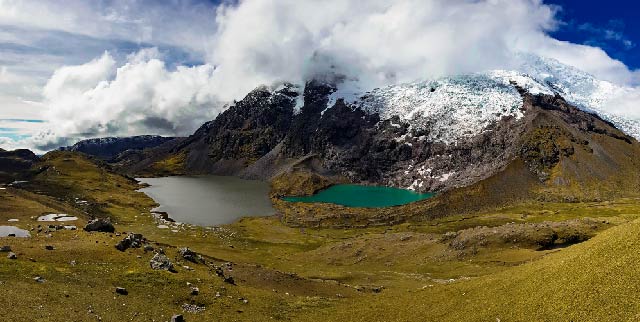
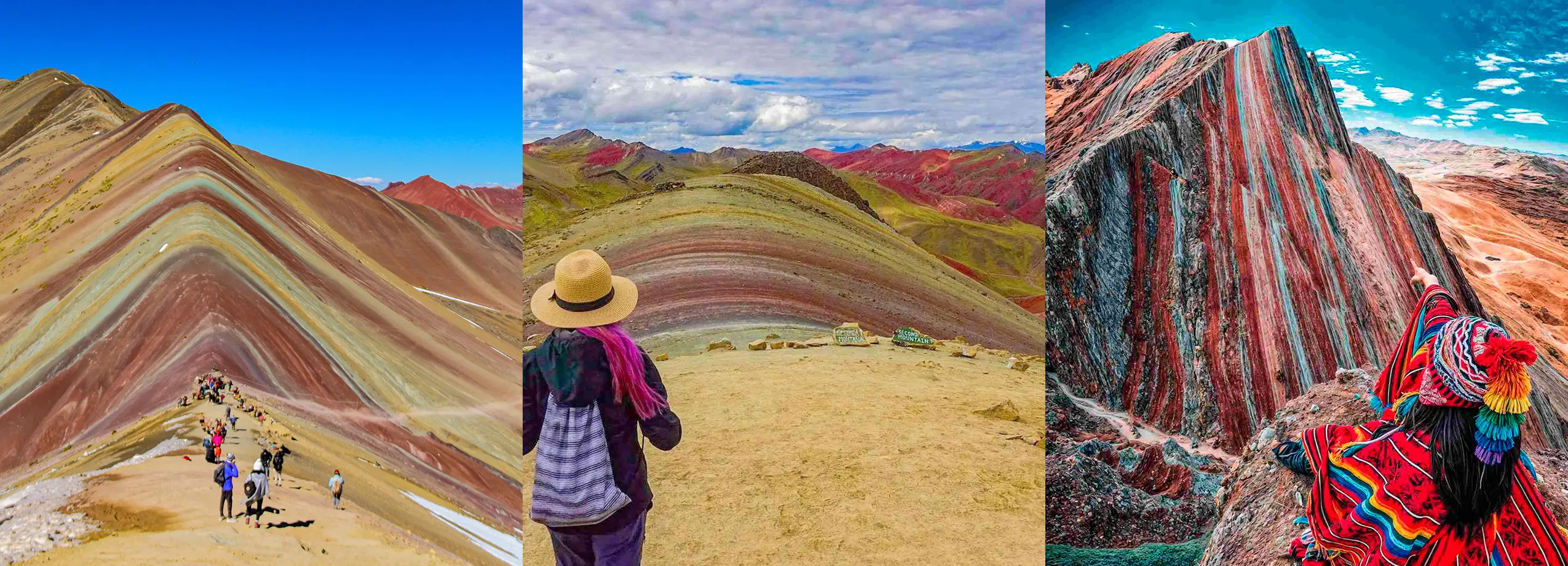

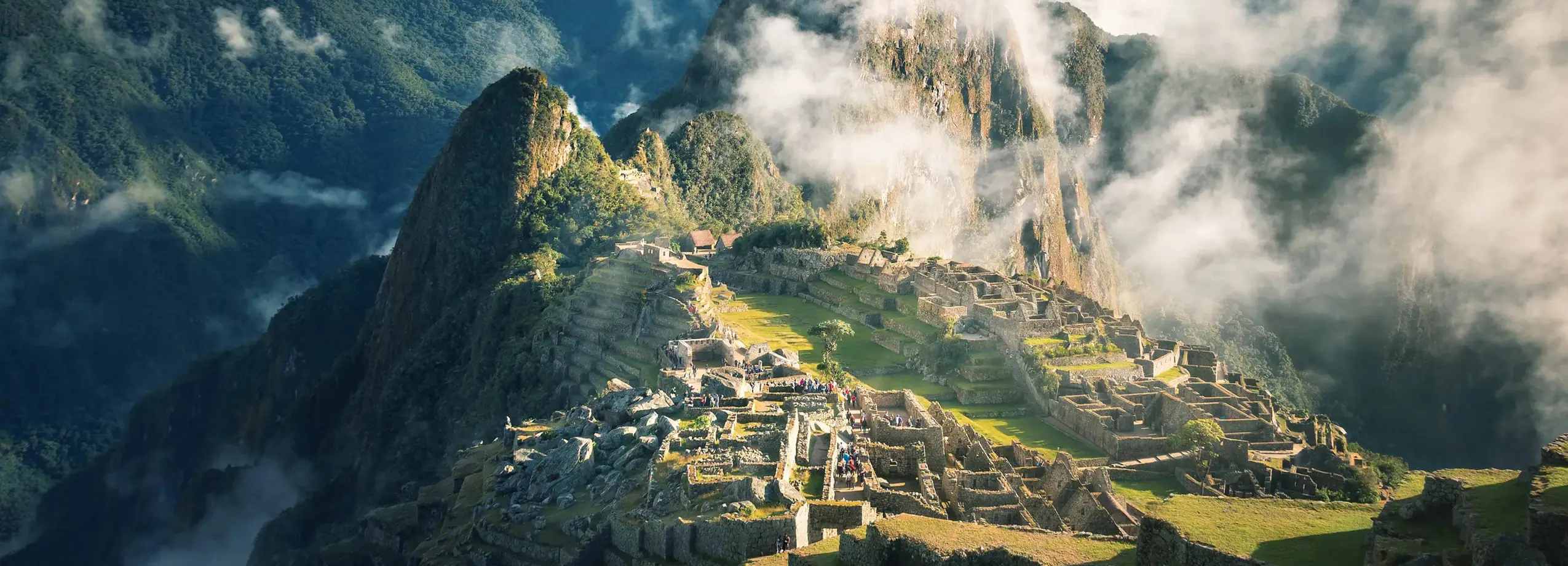



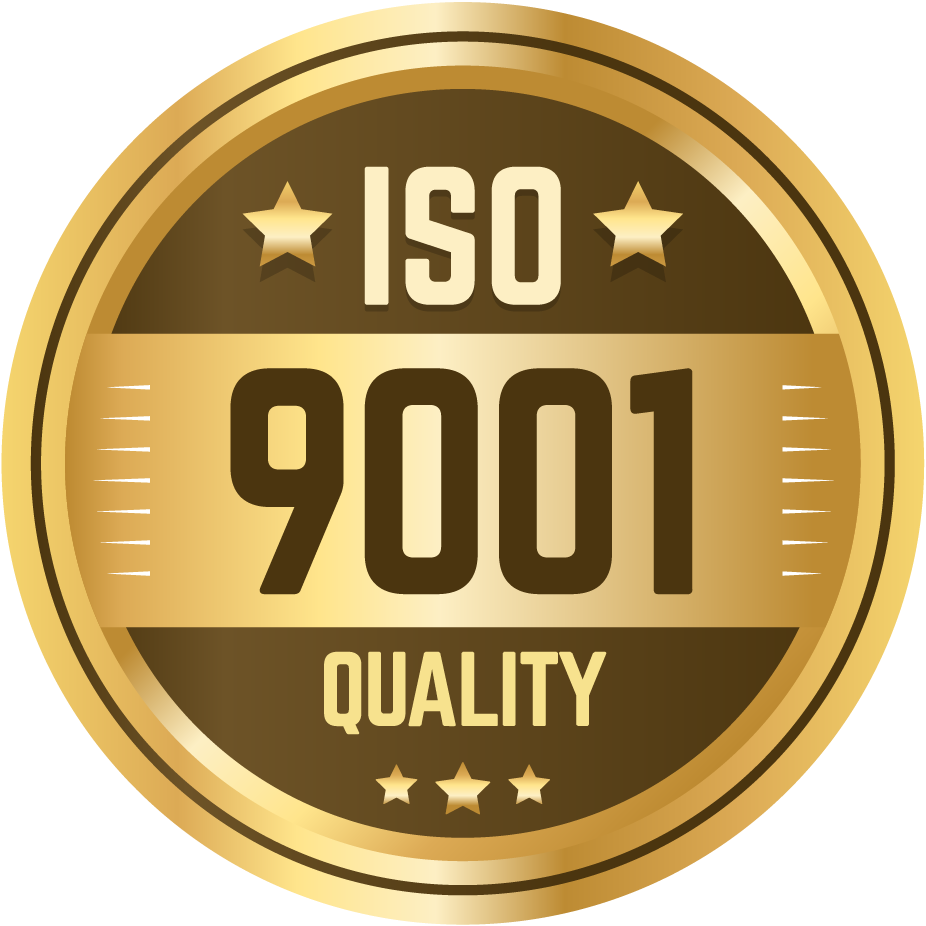
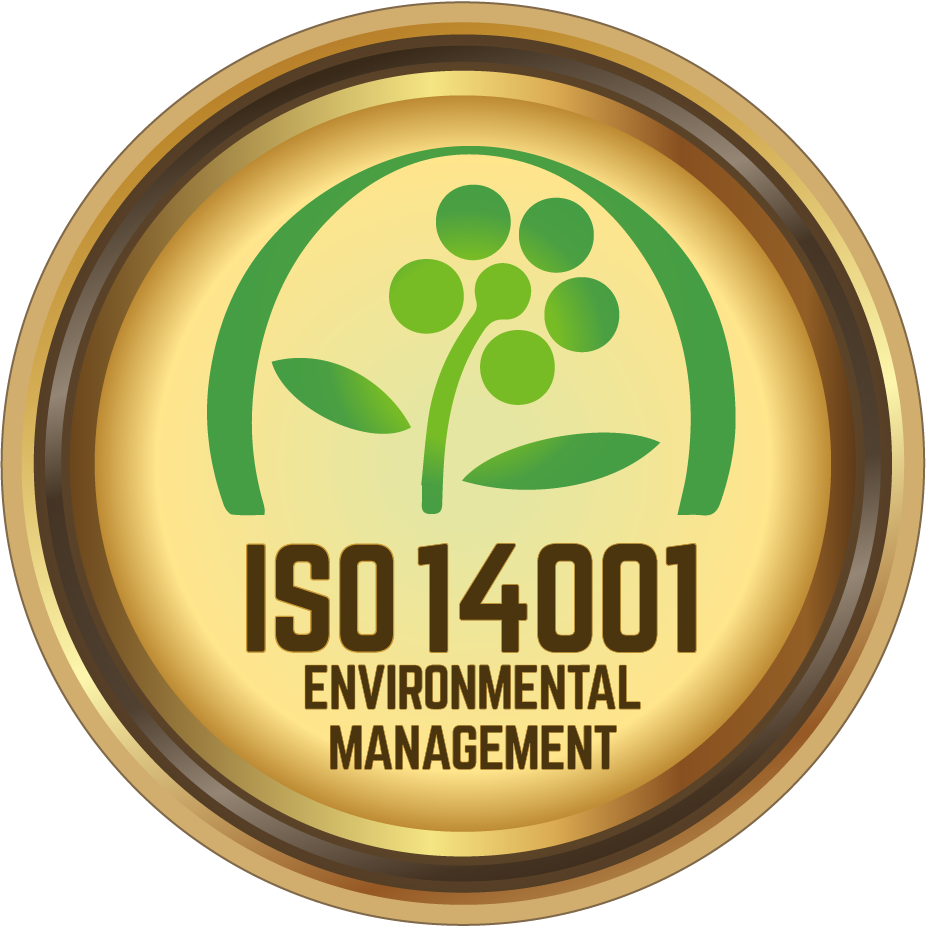



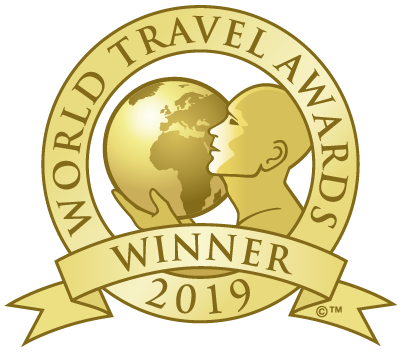











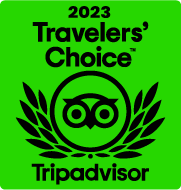













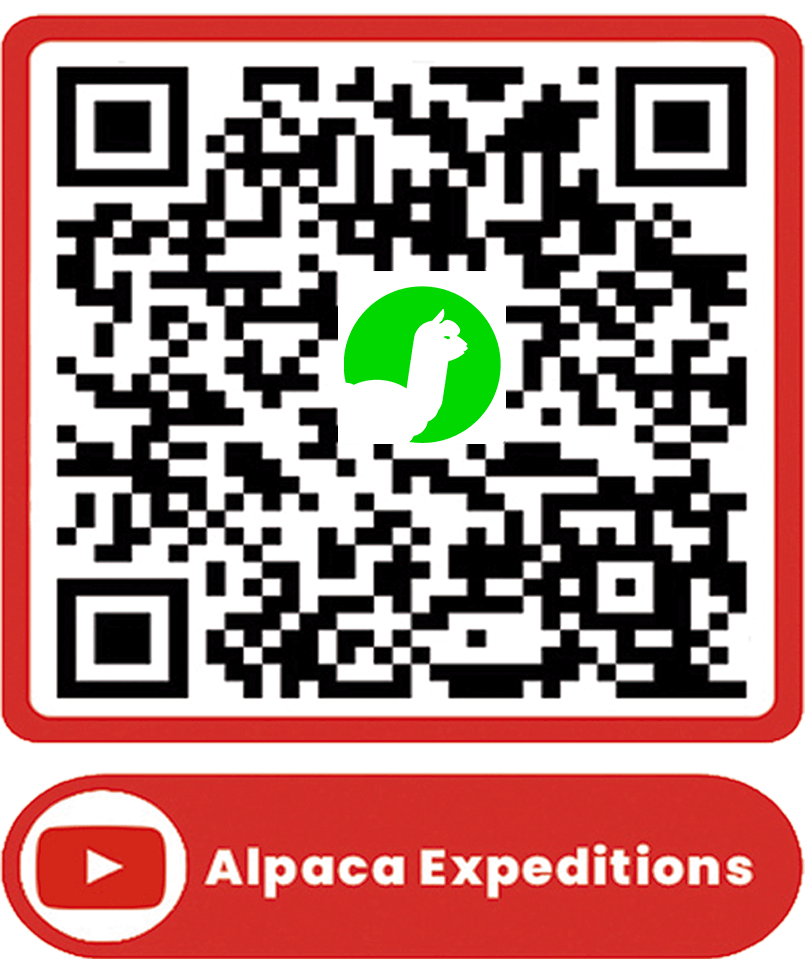

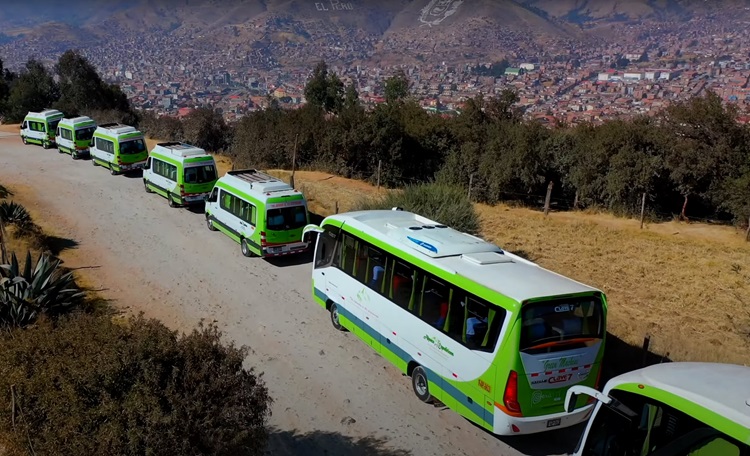
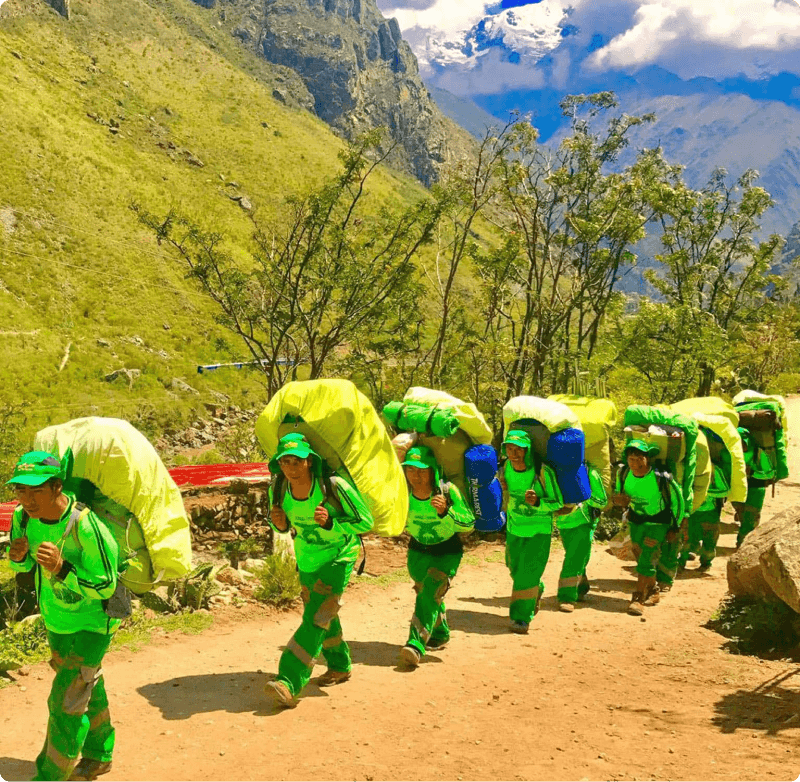 Porters will carry up to 7 kg of your personal items, which must include your sleeping bag and air mat (if you bring or rent one). From us, these two items weigh a combined total of 3.5 kg.
Porters will carry up to 7 kg of your personal items, which must include your sleeping bag and air mat (if you bring or rent one). From us, these two items weigh a combined total of 3.5 kg.